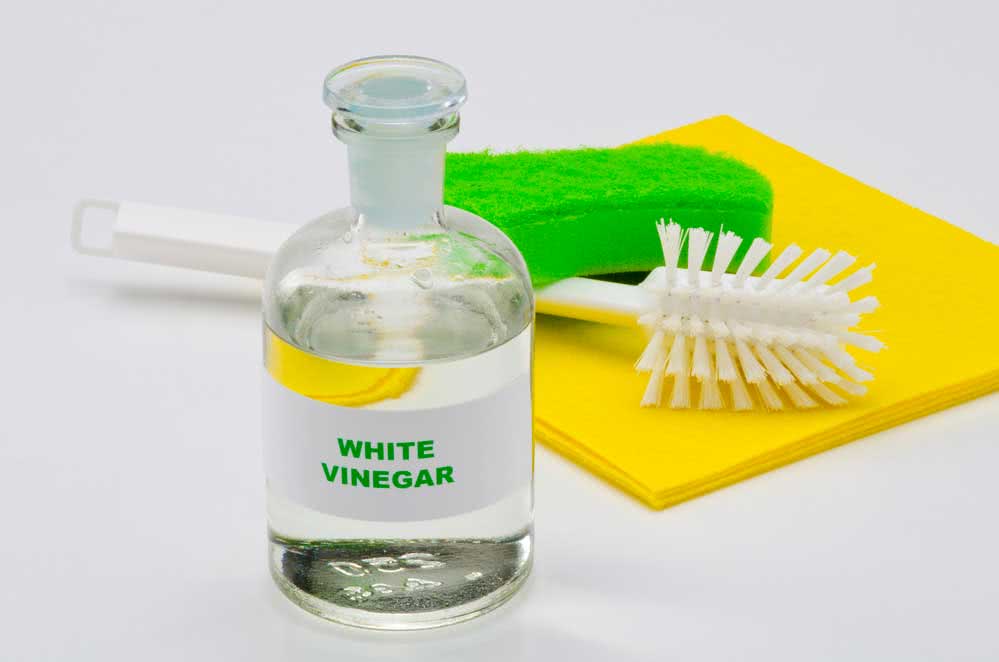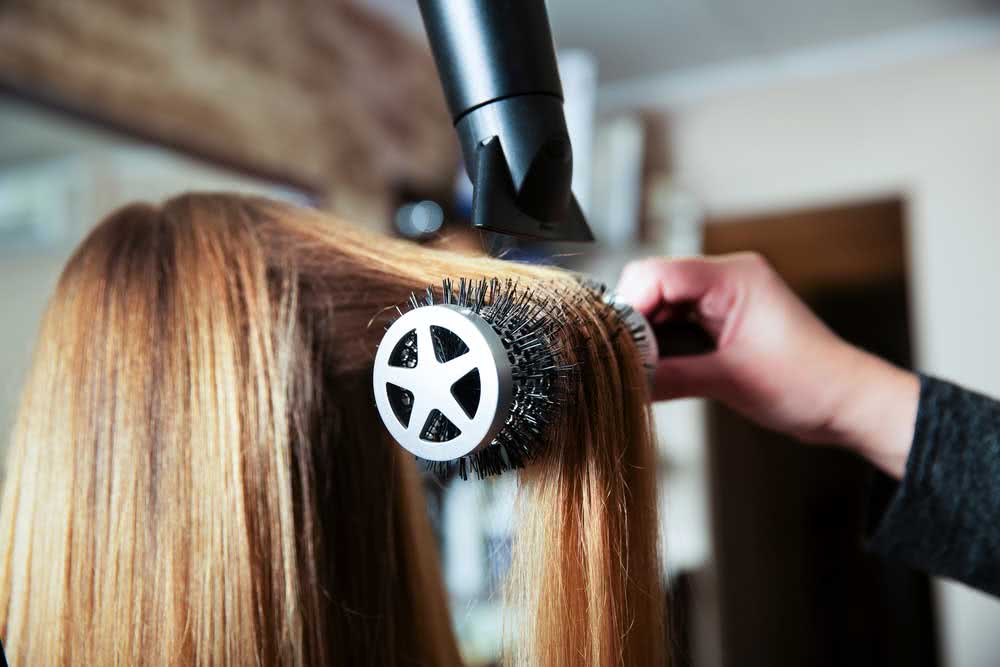One of the constants in new products is adhesives. Usually used to show product specifications, these adhesives, if they are of poor quality, end up leaving glue remnants after taking them out. The problem arises when this residual glue proves to be a challenge to remove, and we need to turn around to learn how to remove adhesive glue.
Yes, it is sometimes easier to damage the product than to remove this glue in a conventional manner. Therefore, we are going to present here for you three very effective ways for you to learn how to remove adhesive glue.
First tip: warm soapy water

Probably the first alternative we think of when trying to figure out how to get adhesive glue, water is known to be the “universal solvent”. That is, almost any dirt can be removed from a surface using only water, and with glue this is no different.
The form of application and the water temperature, however, are two factors that make a big difference. If we apply very cold water, it will not be able to remove the glue from the adhesive, and very hot water can damage the surface where the glue is located.
To achieve maximum efficiency, the ideal is to leave the water at a warm temperature. Hot enough to affect the glue, but not hot enough to damage any surface. We will only need warm soapy water, a piece of cloth and a hard object to scrape the surface.
Take the piece of cloth and soak it in warm, soapy water. Then, wipe the area with the cloth, moistening the area, then rub the surface and remove the glue stuck there. Then use the hard object to remove any glue that remains behind, and finish removing the glue.
Second tip: clear vinegar

Much more versatile than many people know, vinegar is an item you should always have at home. The condiment, besides being widely used in cooking, is multipurpose! Vinegar has several variations that can relieve mosquito bites, remove stains from floors, clothes and carpets and even help eliminate weeds.
Clear alcohol vinegar, which is what we are going to use in this tip on how to remove adhesive glue, has properties that help to remove residues. It is not the only type of vinegar that is useful in everyday life, but it is the most suitable for the task of removing glue. But, attention! Vinegar can end up staining some more sensitive surfaces, so be careful.
After you have removed the adhesive, and the glue residue has stuck in place, pour a little clear vinegar over the glue remnants. Allow the vinegar to act for approximately five minutes, for the glue to mature. After that time, with the help of a dry and clean cloth, remove the remains of the glue. Finally, wipe with a damp cloth with a little mild soap and wipe the remains of vinegar off the surface.
This tip also works with vegetable oil instead of clear vinegar, but the warning remains: the danger of staining the surface you are trying to clean is real, and you should always keep an eye out.
Third tip: hair dryer

A more focused tip to use on larger surfaces that are not made of plastic, the hair dryer can be an excellent ally when we are looking for how to remove adhesive glue. Turn the dryer on at most and go over the area that has glue for approximately two minutes. After that, turn off the hairdryer and test to see if the glue has softened. From there, you can try to remove it by hand, or with a clean, dry cloth.
Always be careful where you use this tip. The reason is that the excess heat from the dryer can end up damaging objects that are less resistant to higher temperatures. This tip is much more effective when used to remove adhesive glue in places made of glass, wood, and even more heat-resistant plastics, such as some appliances.
However, where this tip shines is when it is necessary to remove adhesive glue from cars, which are already made to withstand higher temperatures than most household items. Also, if you use this tip before removing the patch, it is very likely that it will come out whole and intact if you need the patch later.
Fourth tip: acetone

Like vinegar, acetone can cause some stains depending on the surface where it is applied, so be careful! That said, acetone is also another product with great use in everyday life, and not only to remove enamels.
The process of how to remove adhesive glue with acetone is very simple: apply acetone to a cotton, and apply the cotton to the surface you want to clean, pressing for a few seconds. After the place is moistened, rub a little, without too much force, as the glue will come off without much difficulty. Just avoid applying when the surface is already wet before applying acetone, as it will only spread the glue more, making the cleaning process more difficult.
Now, enjoy the tips!
Although glue remains simple, the remains of glue always prove to be very resilient. Nowadays, adhesives are made to have a difficult removal, and end up leaving powerful remnants. However, there are many ways to remove adhesive glue that apply to many different surfaces. With these tips, even the most powerful glue will no longer stick to where it shouldn’t be.
So, enjoy the tips! And if you know other ways to remove adhesive glue, take advantage and leave it in the comments!



